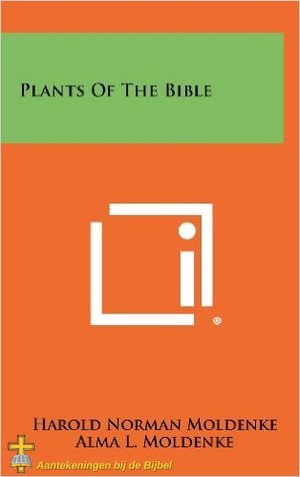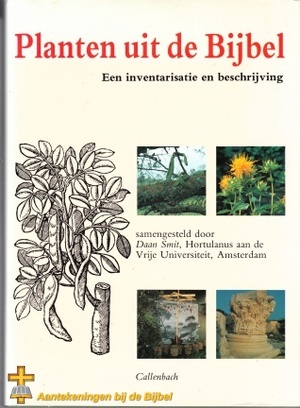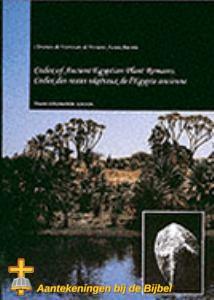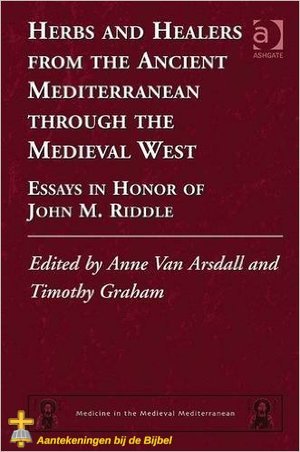
welke resulteren in allerlei aantekeningen.
De Styrax (Hebreeuws לִבְנֶה H3839) is één van die bomen waarvan de hars gebruikt werd voor balsemen van lichamen en voor medicinale toepassingen. In de Bijbel zien we dan ook verschillende verwijzingen hiernaar. Daarnaast wordt de hars (storax) gebruikt voor de productie van wierook.
In Hosea 4:13 wordt gesproken dat de Styrax een heilige boom is.
| Taxonomische indeling | |
|---|---|
|
|
Het verspreidingsgebied van deze boom is Zuid-Oost Europa en Zuid-West Azië. In Israël komt hij voor in de Golan, Hermon, Galilea, Noordelijke gedeelte van de Jordaan, het Karmel gebergte, Samaria en Judea gebergte.
Daar de boom goed winterhard is kan deze ook in Nederland in de tuin worden gezet.
Pliny, Book XII. LV: "The region of Syria beyond Phoenicia nearest to Judaea produces styrax in the part round Gabala and Marathus and Mount Casius in Seleucia. The tree has the same name; it is similar to a squince. Its tears have a pleasant, almost pungent scent, and inside it resembles a reed, and is full of juice."
H.B.Tristram (1822-1906), in the Natural History of the Bible mentions: "Stacte.- This Greek word signifying a drop or exudation, is employed in Ex.XXX. 34 to express the Hebrew nataf, which bears the same meaning. In Job XXXVI. 27 it is used to express a drop of water; inExodus it is the same name of one of the ingredients used in preparing the holy incense. The best authorities identify it with the gum of the Storax tree (Styrax officinale). This is a very beautiful, perfumed shrub, which grows abundantly on the lower hills of Palestine, and has by some been taken for the 'poplar' of Scripture from its white hue. It can scarcely be called a tree, though it is a large shrub. The bark is very smooth and pale-coloured, the leaves single, ovate, and with a smooth white film on the under side. The blossoms are very like those of the orange in colour, size, and perfume, but grow most abundantly in small spikes of four or five. Nothing can be more lovely than the appearance of the Storax in March, when covered with a sheet of white bloom, wafting its perfume through the dells of the Carmel and Galilee, where it is the predominant shrub, and contrasts beautifully with the deep red of the Judas tree growing in the same localities..."
 Folkard, Richard, Jr, Plant lore, legends, and lyrics; Embracing the myths, traditions, superstitions, and folk-lore of the plant kingdom (1884): Sulpicius Severus relates that an abbot, in order to test the patience of a novice, planted in the ground a branch of Styrax that he chanced to have in his hand, and commanded the Novice to water it every day with water to be obtained from the Nile, which was two miles from the monastery. For two years the novice obeyed his superior's injunction faithfully, going every day to the banks of the river, and carrying back on his shoulder a supply of Nile water wherewith to water the apparently lifeless branch. At length, however, his steadfastness was rewarded, for in the third year the branch miraculously shot out very fine leaves, and afterwards produced flowers. The historian adds that he saw in the monastery some slips of the same tree, which they took delight to cultivate as a memento of what the Almighty had been pleased to do to reward the obedience of his servant.
Folkard, Richard, Jr, Plant lore, legends, and lyrics; Embracing the myths, traditions, superstitions, and folk-lore of the plant kingdom (1884): Sulpicius Severus relates that an abbot, in order to test the patience of a novice, planted in the ground a branch of Styrax that he chanced to have in his hand, and commanded the Novice to water it every day with water to be obtained from the Nile, which was two miles from the monastery. For two years the novice obeyed his superior's injunction faithfully, going every day to the banks of the river, and carrying back on his shoulder a supply of Nile water wherewith to water the apparently lifeless branch. At length, however, his steadfastness was rewarded, for in the third year the branch miraculously shot out very fine leaves, and afterwards produced flowers. The historian adds that he saw in the monastery some slips of the same tree, which they took delight to cultivate as a memento of what the Almighty had been pleased to do to reward the obedience of his servant.
     |
![]() Zie de huisregels welk commentaar wordt opgenomen!
Zie de huisregels welk commentaar wordt opgenomen!